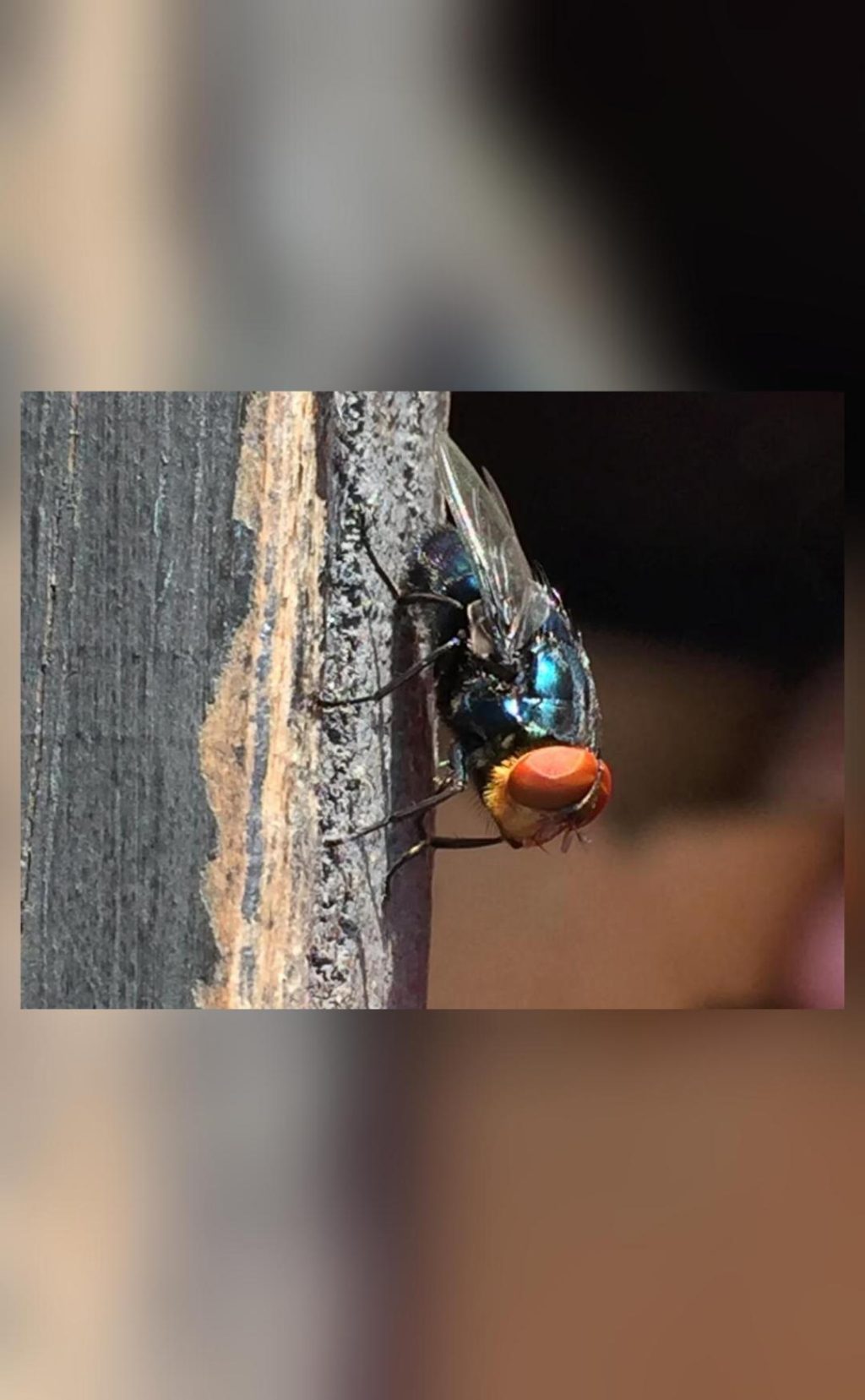
Why is US planning to breed screwworm flies & dump them from planes over Mexico?
In a bizarre move to protect its beef industry from the menace of flesh-eating larvae of the New World screwworm fly, the US government is planning to breed billions of male flies and dump them from planes over Mexico and southern Texas. The plan is to sterilize the male flies using radiation, making them unable to reproduce with female flies and eventually leading to the population’s demise.
The New World screwworm fly, also known as Cochliomyia hominivorax, is a parasitic insect that lays its eggs in the flesh of warm-blooded animals, including cattle, horses, and even humans. The larvae that emerge from these eggs feed on the animal’s flesh, causing severe damage and even death. The screwworm fly is native to Central and South America, but it was eradicated from the United States in the 1960s through a successful eradication program.
However, concerns have been raised recently about the potential re-emergence of the screwworm fly in the US, particularly in the southern states bordering Mexico. The fly’s presence could have devastating consequences for the US beef industry, which is worth billions of dollars annually.
To combat this threat, the US Department of Agriculture (USDA) has launched a program to breed and release millions of sterile male screwworm flies over Mexico and southern Texas. The plan is to release these flies in an area where they will mate with wild female flies, producing no offspring. Over time, the population of screwworm flies will gradually decline and eventually become extinct.
The process of breeding and sterilizing the flies is quite complex. The USDA has partnered with a private company, Genetically Engineered Male Insect (GEMI), to develop a specialized facility for breeding the flies. The facility uses a process called “insectary” to breed the flies, which involves feeding them a special diet and providing them with optimal living conditions.
Once the flies are bred, they are sterilized using radiation to prevent them from reproducing. This process is called “sterilization by irradiation.” The sterilized flies are then packaged and prepared for release over the target area.
The release of the sterile flies is carried out by planes, which are equipped with specialized equipment to release the flies over the target area. The planes fly over areas where the screwworm fly is most active, releasing the sterile flies to mate with wild female flies.
The program is expected to be rolled out in phases, with the first phase focusing on releasing the sterile flies over Mexico and southern Texas. The USDA has already begun preparing the necessary infrastructure, including breeding facilities and release planes.
While the program may seem unusual, it has been used successfully in the past to eradicate other pests. In fact, the USDA has used a similar program to eradicate the Mediterranean fruit fly from the US in the 1980s.
However, some experts have raised concerns about the potential risks associated with the program. For example, there is a risk that the sterile flies could accidentally escape from the release planes and establish themselves in the wild, potentially leading to an unintended population of screwworm flies.
Additionally, some critics have argued that the program is an unnecessary and expensive solution to a problem that can be managed through more conventional methods, such as improved animal husbandry and pest management practices.
Despite these concerns, the USDA remains committed to the program, citing its potential to protect the US beef industry and prevent the re-emergence of the screwworm fly. The program is expected to be rolled out in the coming months, and it will be closely monitored to ensure its effectiveness and safety.






